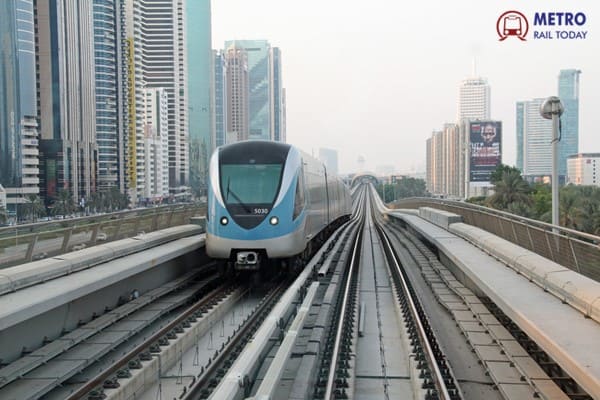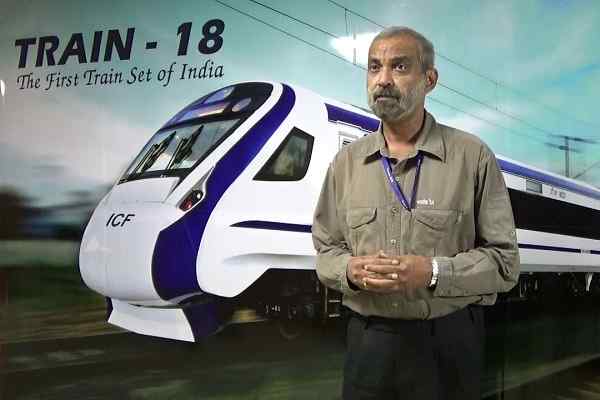 Vande Bharat creator Sudhanshu Mani takes his First Journey on the Train he conceived
Vande Bharat creator Sudhanshu Mani takes his First Journey on the Train he conceived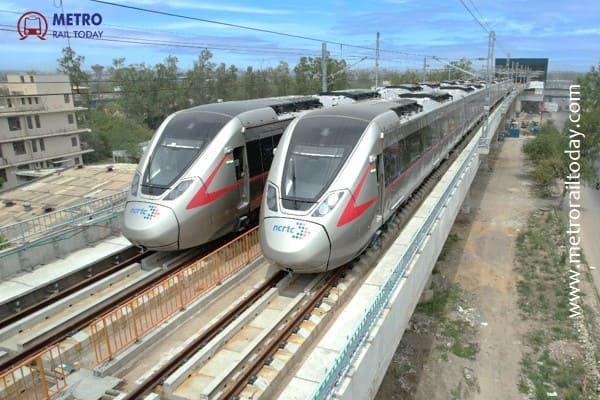 NCRTC to appoint Detail Design Consultant for upcoming Namo Bharat RRTS Corridors
NCRTC to appoint Detail Design Consultant for upcoming Namo Bharat RRTS Corridors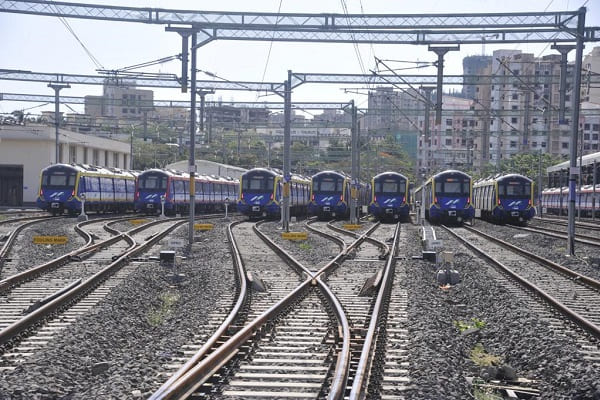 Mandale Depot: Asia’s largest and most advanced Metro Car Depot taking shapes in Mumbai
Mandale Depot: Asia’s largest and most advanced Metro Car Depot taking shapes in Mumbai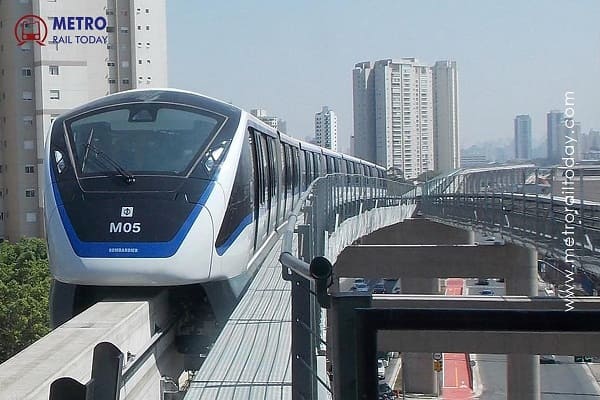 Egypt inaugurates First Phase of East Cairo Monorail, Marks major leap in Urban Mobility
Egypt inaugurates First Phase of East Cairo Monorail, Marks major leap in Urban Mobility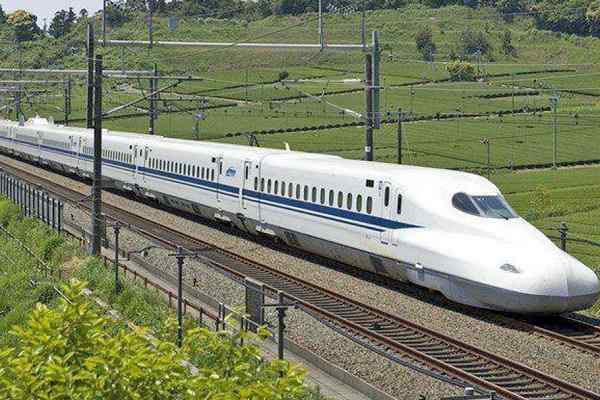 SCR submits final alignment report for 778 km Hyderabad–Chennai High-Speed Rail Corridor
SCR submits final alignment report for 778 km Hyderabad–Chennai High-Speed Rail Corridor Kalpataru-HG Infra Engg JV wins ₹1,415 Crore EPC Contract for Thane Metro Rail Project
Kalpataru-HG Infra Engg JV wins ₹1,415 Crore EPC Contract for Thane Metro Rail Project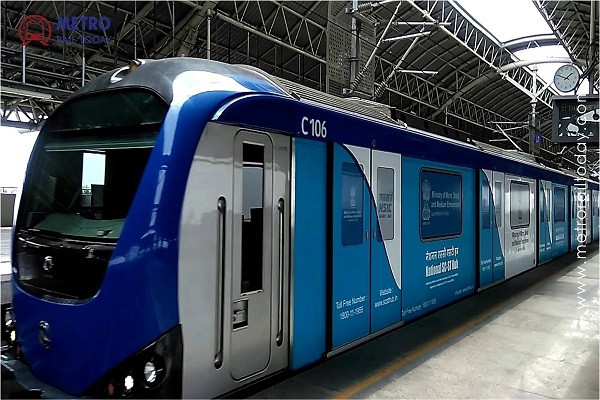 Chennai Metro launched tender to procure 28 Rolling Stock Trainsets to handle Phase 1 Ridership
Chennai Metro launched tender to procure 28 Rolling Stock Trainsets to handle Phase 1 Ridership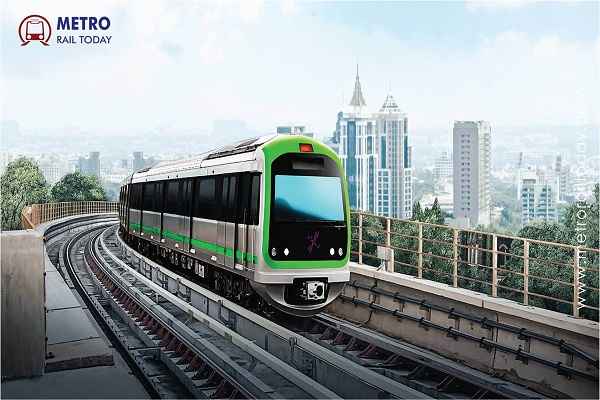 Tender launched for appointment of DPR Consultant for 59.6 km Bengaluru–Tumakuru Metro Extension
Tender launched for appointment of DPR Consultant for 59.6 km Bengaluru–Tumakuru Metro Extension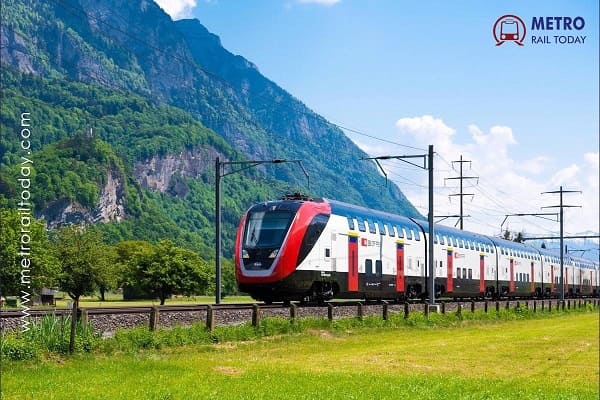 RITES targets African Rail Market with New Financing Model for Cost-Effective Rolling Stock
RITES targets African Rail Market with New Financing Model for Cost-Effective Rolling Stock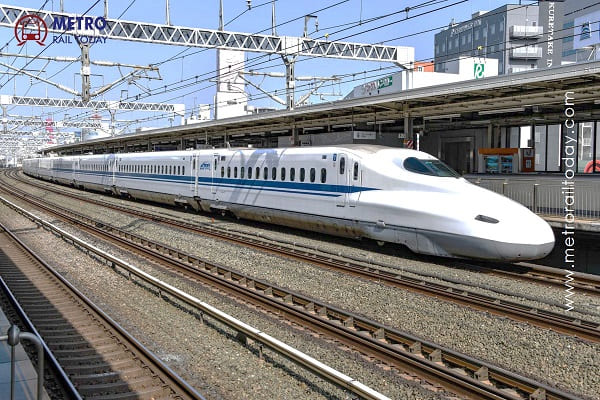 India’s First Bullet Train to begin Operations on 100-km Surat–Vapi stretch by August 2027
India’s First Bullet Train to begin Operations on 100-km Surat–Vapi stretch by August 2027
Egypt inaugurates First Phase of East Cairo Monorail, Marks major leap in Urban Mobility

Cairo, Egypt (Metro Rail Today): Egypt achieved a major transportation milestone on 9 November with the inauguration of the first phase of the East Cairo Monorail — a landmark rapid-transit system designed to connect Greater Cairo with New Cairo and the New Administrative Capital (NAC). The launch coincides with the trial run of Egypt’s first high-speed electric train, underscoring the nation’s rapid progress toward modern, sustainable and congestion-free mobility.
The announcement was made by Deputy Prime Minister for Industrial Development and Minister of Industry and Transport, Kamel El-Wazir, during the second Cairo Forum hosted by the Egyptian Centre for Economic Studies. Senior representatives from 27 countries attended the event, highlighting growing global interest in Egypt’s transport transformation.
El-Wazir described the project as a “qualitative leap in energy efficiency, passenger comfort and integrated urban mobility,” noting its importance in connecting Cairo’s historic core with emerging economic hubs.
A New Backbone Between Old Cairo and the New Capital
The newly inaugurated stretch covers 56.5 km from Stadium Station in Nasr City to the Operations and Control Centre in the NAC, serving 22 stations. The route integrates seamlessly with Cairo’s existing systems — Metro Line 3 at Stadium Station and the Light Rail Transit (LRT) at the Arts and Culture Station in the new capital.
Once completed, the monorail network will extend up to 100 km with 35 stations, including the planned West Nile line, forming a crucial component of Greater Cairo’s multimodal transport architecture.
Driverless Trains, High Tech and Sustainability at the Core
Developed by a consortium comprising Alstom, Orascom Construction and Arab Contractors, the East Cairo Monorail incorporates state-of-the-art driverless technology. Train operations are centrally controlled from the NAC’s operations hub, supported by real-time monitoring systems, onboard cameras and advanced fire-safety equipment.
Stations have been built to global standards, featuring escalators, elevators, tactile flooring for passengers with visual impairments, digital information systems and voice-guided announcements. Each four-car train is fully electric, runs at speeds of up to 80 kmph, and carries up to 560 passengers. Ultimately, capacity is projected to reach nearly 10,000 passengers per hour in each direction.
For the first time in Egypt, monorail stations are equipped with platform screen doors — a major safety feature common in modern metro systems worldwide. Trains are also future-proofed, designed to expand from four to eight cars as demand rises, and equipped with full CCTV coverage, wheelchair provisions and structured emergency evacuation routes.
Mrs. Mamta Shah, MD & CEO of Urban Infra Group, applauded Egypt’s achievement, noting its significance for global urban mobility trends.
“The East Cairo Monorail shows how rapidly cities can evolve when modern transport, sustainability and long-term urban planning come together. It is a benchmark for emerging economies and a powerful example of how integrated transit systems reshape urban growth.”
With the monorail now partly operational and the high-speed electric train entering trial phase, Egypt is positioning itself as a regional leader in next-generation transport. Together, these systems are expected to dramatically reduce road congestion, cut fuel use, and support the development of the New Administrative Capital — one of the largest planned urban centres in the Middle East.






